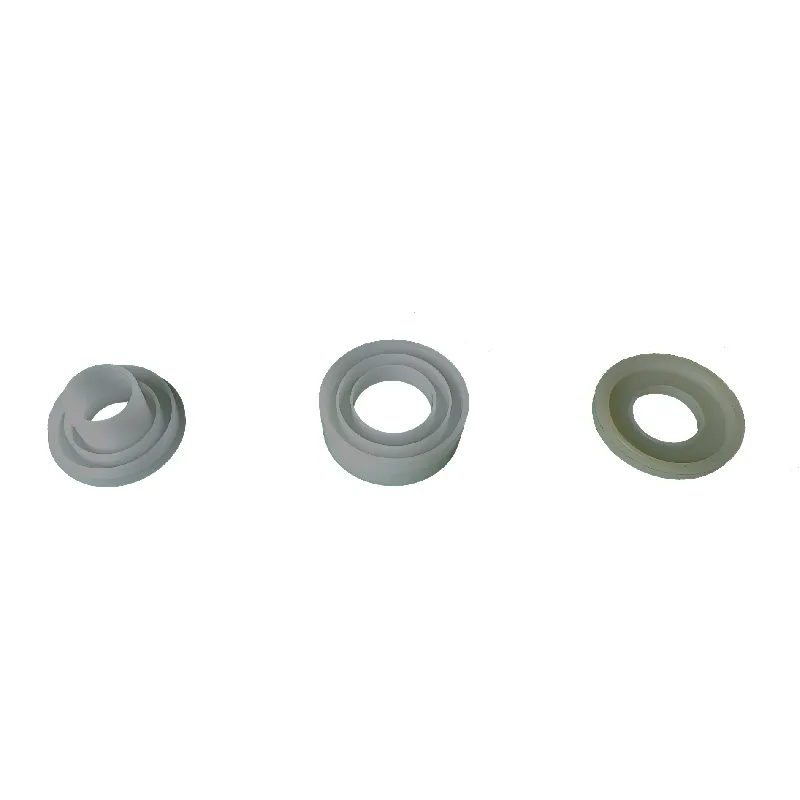 Afrikaans
Afrikaans  Albanian
Albanian  Amharic
Amharic  Arabic
Arabic  Armenian
Armenian  Azerbaijani
Azerbaijani  Basque
Basque  Belarusian
Belarusian  Bengali
Bengali  Bosnian
Bosnian  Bulgarian
Bulgarian  Catalan
Catalan  Cebuano
Cebuano  Corsican
Corsican  Croatian
Croatian  Czech
Czech  Danish
Danish  Dutch
Dutch  English
English  Esperanto
Esperanto  Estonian
Estonian  Finnish
Finnish  French
French  Frisian
Frisian  Galician
Galician  Georgian
Georgian  German
German  Greek
Greek  Gujarati
Gujarati  Haitian Creole
Haitian Creole  hausa
hausa  hawaiian
hawaiian  Hebrew
Hebrew  Hindi
Hindi  Miao
Miao  Hungarian
Hungarian  Icelandic
Icelandic  igbo
igbo  Indonesian
Indonesian  irish
irish  Italian
Italian  Japanese
Japanese  Javanese
Javanese  Kannada
Kannada  kazakh
kazakh  Khmer
Khmer  Rwandese
Rwandese  Korean
Korean  Kurdish
Kurdish  Kyrgyz
Kyrgyz  Lao
Lao  Latin
Latin  Latvian
Latvian  Lithuanian
Lithuanian  Luxembourgish
Luxembourgish  Macedonian
Macedonian  Malgashi
Malgashi  Malay
Malay  Malayalam
Malayalam  Maltese
Maltese  Maori
Maori  Marathi
Marathi  Mongolian
Mongolian  Myanmar
Myanmar  Nepali
Nepali  Norwegian
Norwegian  Norwegian
Norwegian  Occitan
Occitan  Pashto
Pashto  Persian
Persian  Polish
Polish  Portuguese
Portuguese  Punjabi
Punjabi  Romanian
Romanian  Russian
Russian  Samoan
Samoan  Scottish Gaelic
Scottish Gaelic  Serbian
Serbian  Sesotho
Sesotho  Shona
Shona  Sindhi
Sindhi  Sinhala
Sinhala  Slovak
Slovak  Slovenian
Slovenian  Somali
Somali  Spanish
Spanish  Sundanese
Sundanese  Swahili
Swahili  Swedish
Swedish  Tagalog
Tagalog  Tajik
Tajik  Tamil
Tamil  Tatar
Tatar  Telugu
Telugu  Thai
Thai  Turkish
Turkish  Turkmen
Turkmen  Ukrainian
Ukrainian  Urdu
Urdu  Uighur
Uighur  Uzbek
Uzbek  Vietnamese
Vietnamese  Welsh
Welsh  Bantu
Bantu  Yiddish
Yiddish  Yoruba
Yoruba  Zulu
Zulu conveyor belt pulley
Understanding Conveyor Belt Pulleys Key Components in Material Handling
Conveyor belts are indispensable in various industries, ranging from manufacturing and mining to food processing and logistics. A pivotal component of any conveyor system is the pulley, which plays a crucial role in facilitating the transportation of materials across different points. This article explores the significance, types, and functions of conveyor belt pulleys in material handling operations.
What is a Conveyor Belt Pulley?
A conveyor belt pulley is a cylindrical device that is integral to the operation of conveyor systems. It serves multiple functions, most notably to support the belt and provide traction for its movement. Pulleys also play a role in changing the direction of the belt as it operates. Typically, they are made from materials such as steel, aluminum, or rubber to ensure durability and efficiency.
Types of Conveyor Belt Pulleys
Conveyor pulleys can be categorized into several types based on their function and design
1. Drive Pulleys These are the primary pulleys that receive power from the motor. Drive pulleys propel the conveyor belt forward and are often fitted with specialized coatings to enhance grip and minimize slippage.
2. Idler Pulleys Found along the conveyor system, idler pulleys support the belt and help maintain its tension. They do not receive any power but are essential in ensuring the belt operates smoothly.
3. Tail Pulleys At the end of the conveyor system, the tail pulley serves to redirect the belt back for another cycle. It aids in returning the belt to the front where the drive pulley is located.
4. Snub Pulleys These pulleys increase the wrap of the belt around the drive pulley, thus enhancing friction and improving the drive's efficiency. They are often used in applications with steep inclines or heavy loads.
conveyor belt pulley

5. Take-Up Pulleys These pulleys are installed to maintain tension in the belt. They can be adjusted to take up the slack in the belt as it stretches over time due to wear and tear.
Functions of Conveyor Belt Pulleys
The functions of conveyor belt pulleys extend beyond mere support and traction. They are designed to optimize the performance of the conveyor system in several ways
- Direction Change Pulleys enable conveyor belts to navigate around curves and obstacles, making it easier to streamline the flow of materials through complex layouts.
- Load Distribution By using multiple pulleys in a system, the load can be evenly distributed across the belt, reducing stress points and extending the lifespan of both the belt and the pulleys.
- Maintenance The design of pulleys often allows for easy maintenance. Many modern pulleys have replaceable components, reducing the downtime associated with conveyor repairs.
- Safety Pulleys are designed to minimize the risk of belt slippage and misalignment, which can lead to accidents and material spillage. Properly functioning pulleys contribute significantly to the safety of the overall conveyor system.
Conclusion
In conclusion, conveyor belt pulleys are vital components that ensure efficient material handling across various industries. By understanding the different types of pulleys and their functions, companies can optimize their conveyor systems for reliability and effectiveness. Whether in a warehouse, a manufacturing plant, or a logistics hub, the role of pulleys is essential in facilitating smooth operations and enhancing productivity. With ongoing advancements in technology and materials, the future of conveyor belt pulleys continues to evolve, ensuring they remain a cornerstone of modern industrial processes.
-
Revolutionizing Conveyor Reliability with Advanced Rubber Lagging PulleysNewsJul.22,2025
-
Powering Precision and Durability with Expert Manufacturers of Conveyor ComponentsNewsJul.22,2025
-
Optimizing Conveyor Systems with Advanced Conveyor AccessoriesNewsJul.22,2025
-
Maximize Conveyor Efficiency with Quality Conveyor Idler PulleysNewsJul.22,2025
-
Future-Proof Your Conveyor System with High-Performance Polyurethane RollerNewsJul.22,2025
-
Driving Efficiency Forward with Quality Idlers and RollersNewsJul.22,2025





























